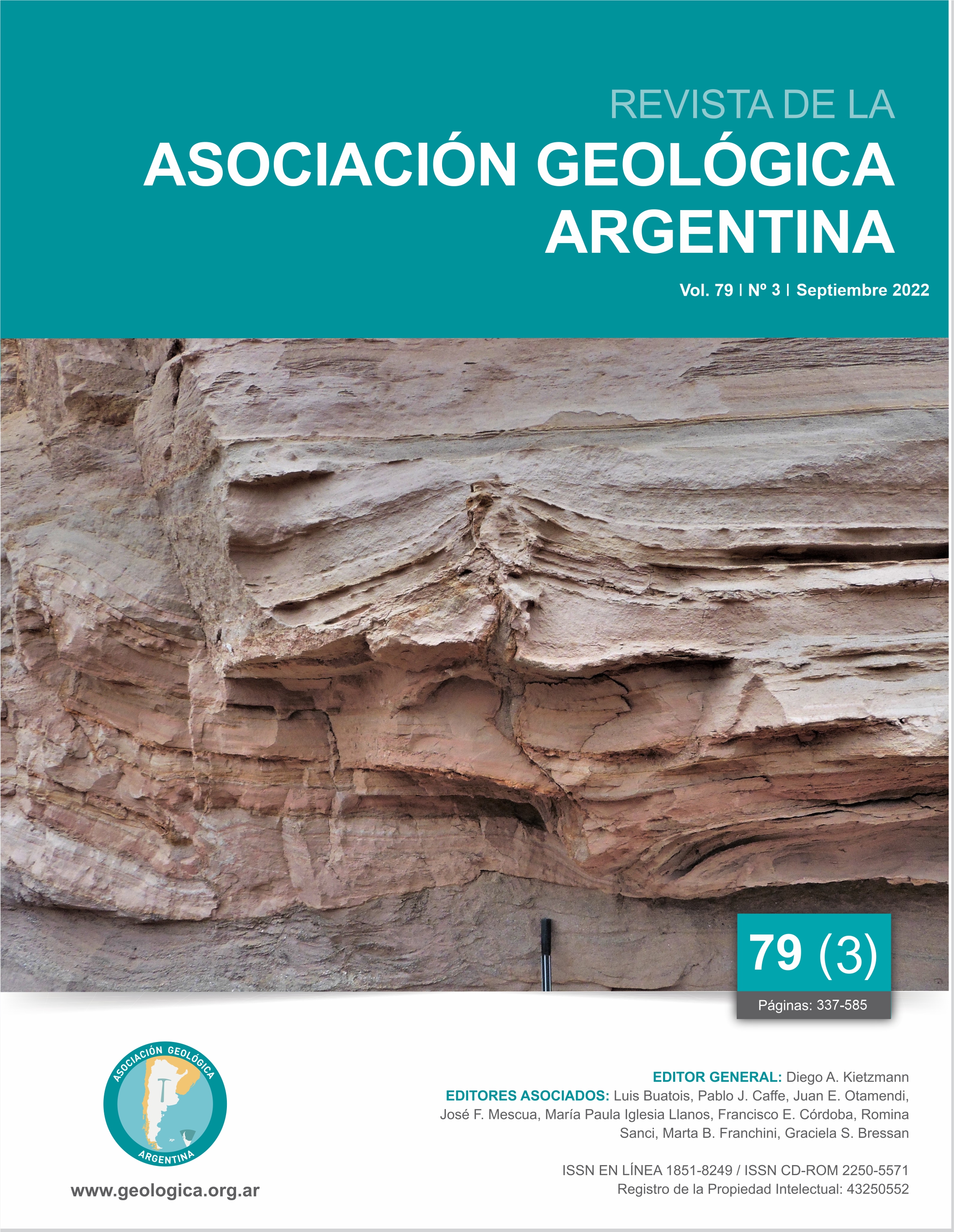Antarctic mantle structures characterization through seismic velocity anomalies
Main Article Content
Abstract
In order to study the seismic structure of the upper mantle underlying the South ridge of Scotia and the northern end of the Antarctic Peninsula, a reconstruction of a joint inversion seismic tomography based on the travel time residuals of the P and S body waves was carried out.
It was based on seismographic records acquired continuously in seismological stations located in Argentine Antarctic bases, from the Argentine-Italian Project for the management and maintenance of ASAIN: Antarctic Seismograph Argentinian Italian Network. The signals used correspond to local seismotectonic events of moderate to high magnitude that occurred between 2009 and 2019.
The regularization method was implemented for the discrete inversion of the data. The results were evaluated by synthetic resolution tests. The seismic structures resolved in the tomographies were characterized and interpreted. The study was complemented by estimating the Poisson's modulus and the bulk sound velocity anomaly, which allowed the incorporation of restriction conditions and, therefore, assessment conditions in the interpretation of the tomographies.
The presence of the negative velocity anomaly S in the Bransfield basin sector is highlighted, in correspondence with that reported by other authors. It is interpreted as a region of the crust and mantle subjected to modifications of the rheological state (decrease in stiffness, increase in incompressibility and increase in anelasticity) caused by an anomalous thermal flux from a source located deeper in the mantle.
Article Details

This work is licensed under a Creative Commons Attribution-NonCommercial 4.0 International License.
Nota de copyright
Los autores conservan los derechos de autor y garantizan a la revista el derecho de ser la primera publicación del trabajo licenciado según una licencia de atribución Creative Commons que permite a otros compartir el trabajo con el reconocimiento de la autoría y de la publicación en la que se publicó por primera vez.
Declaración de privacidad
Los nombres y direcciones de correo electrónico introducidos en esta revista se usarán exclusivamente para los fines declarados por esta revista y no estarán disponibles para ningún otro propósito u otra persona.

